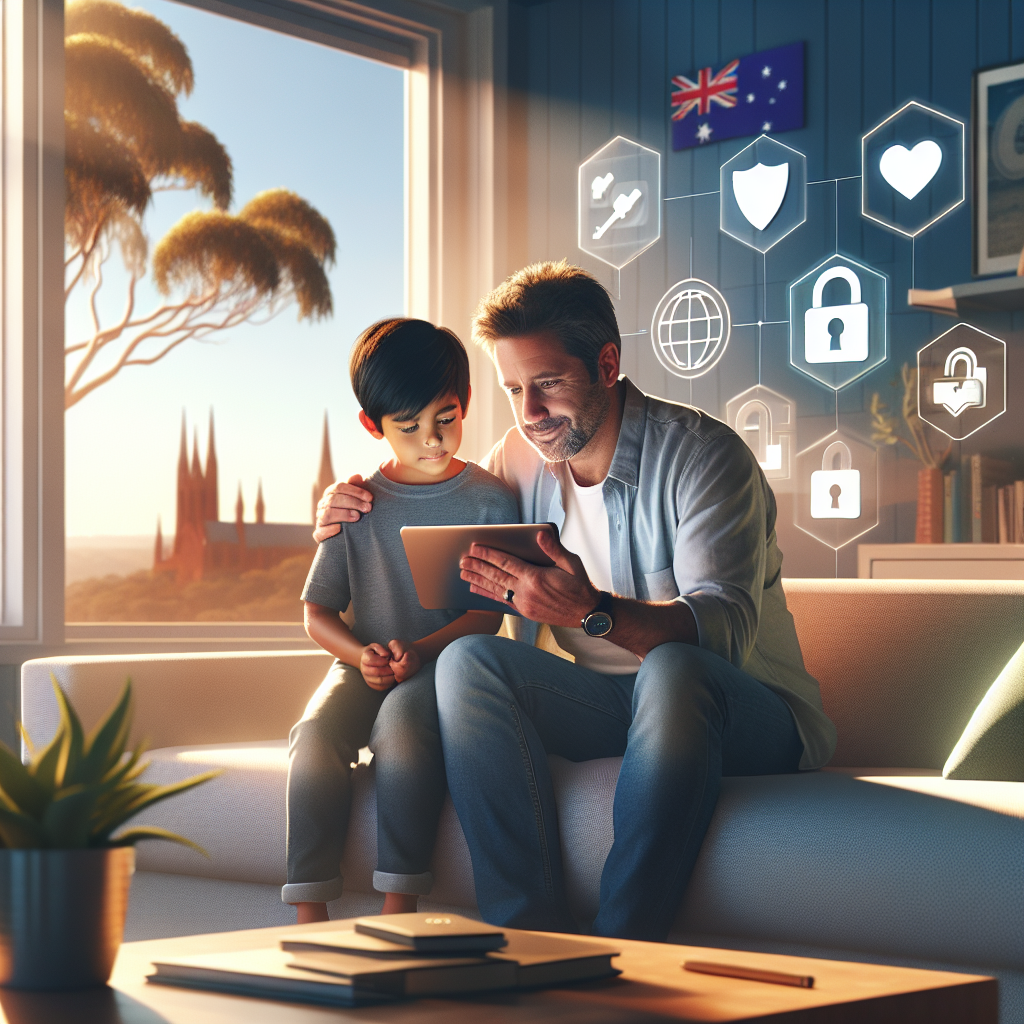Australia Guides Safer Social Media for Kids
In a world where children pick up smartphones almost as soon as they can walk, Australia Guides Safer Social Media for Kids offers a timely roadmap. The Australian government and its eSafety Commissioner have rolled out a set of practical tips to help parents, schools and young people navigate online spaces with confidence and care. Whether you’re a tech-savvy family or just starting to understand the digital playground, these insights can help you keep your child’s social media experience safe and positive.
Why Australia Guides Safer Social Media for Kids Matters
Recent surveys show many children open social accounts before they reach the platform’s minimum age requirement. According to data from the Australian eSafety Commission, nearly one in three kids aged 8 to 11 has a social media profile. With this trend on the rise, Australia Guides Safer Social Media for Kids steps in at just the right moment.
Here are three key reasons these guidelines are drawing attention:
- Early Exposure: Young children face risks like online bullying or exposure to inappropriate content.
- Default Settings: Platforms often default to public profiles and broad data sharing.
- Parental Confidence: Many parents feel unsure about how to supervise apps, privacy settings and screen time.
By addressing these points head-on, the new advice empowers families to set stronger boundaries and build trust around digital use.
Key Recommendations in the Guide
The heart of Australia Guides Safer Social Media for Kids lies in straightforward, actionable steps. Below are some of the top recommendations from the eSafety Commissioner:
- Set Minimum Age Limits
Encourage children to delay opening social media accounts until they meet or exceed the platform’s age requirement. This aligns with global efforts like those described by the Pew Research Center on teen technology use.
Learn more about teen technology trends. - Use Strong Age Verification
Ask platforms to verify a user’s age using reliable methods. This can reduce underage sign-ups and help limit risks. - Activate Default Privacy
Switch on the strictest privacy settings for new accounts. Many platforms offer the option to keep profiles private and restrict who can view or comment on posts. - Monitor Screen Time
Limit daily social media use to reasonable blocks—say, 30 to 60 minutes. Devices often include built-in timers you can activate to enforce breaks. - Turn Off Push Notifications
Constant alerts can be distracting and increase anxiety. Disabling non-essential notifications helps children focus on real-world activities.
For families who love coding and technology projects, you might treat these steps like best programming practices—you set clear rules, test regularly, and adjust as you learn.
Building a Safe Online Space for Kids
Creating a safe digital environment goes beyond ticking checkboxes. Here are a few layers you can add:
1. Open Conversations
Talk regularly about online experiences. Ask your child what they like, what concerns them, and whom they follow. Honest dialogue builds trust.
2. Co-Viewing and Co-Playing
Jump in on their favorite apps or games. This lets you spot potential hazards firsthand and turn supervision into quality time.
3. Teach Digital Literacy
Help kids understand how platforms use algorithms and ads. A simple analogy is to think about python in mobile app development—every feature is built with a purpose, and knowing that purpose prevents surprises.
4. Encourage Offline Activities
Balance helps reduce screen dependency. Make room for hobbies, sports and family time without devices.
5. Establish Family Tech Agreements
Create a written or visual chart showing when and where social media is allowed. Similar to a css roadmap for web design, this map clarifies expectations and consequences.
Support and Resources
Australia Guides Safer Social Media for Kids is just one piece of the puzzle. Families can turn to these trusted resources:
- Australian eSafety Commissioner – Tools, webinars and hotline support for reporting online harms.
- UNICEF on Young Children and Technology – Global insights on digital play, learning and well-being.
- Child Mind Institute – Advice on screen time and mental health.
Monitoring Progress and Adapting
Technology and trends change fast. Make it a habit to revisit your family’s digital rules every few months. Keep an eye out for new platform features, evolving online risks, and your child’s growing maturity.
Questions to Ask at Each Check-In
- Are the current privacy settings still working?
- Does screen time feel balanced?
- Has your child encountered anything upsetting?
- What new features or apps are being used by peers?
Conclusion
Australia Guides Safer Social Media for Kids provides clear, practical steps for families tackling today’s digital challenges. By setting firm age limits, enabling privacy defaults, and fostering open dialogue, you create a safer and more positive online world for your child. Remember, consistency and communication are your best tools—just as in coding, clear guidelines and frequent reviews lead to stronger, more reliable results.
Takeaway: Use these tips as a living guide. Adjust them as new apps and features emerge, and keep the conversation going with your child. A well-informed family is the strongest defense against online risks.






